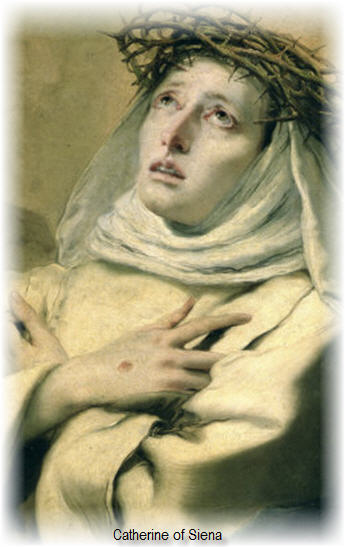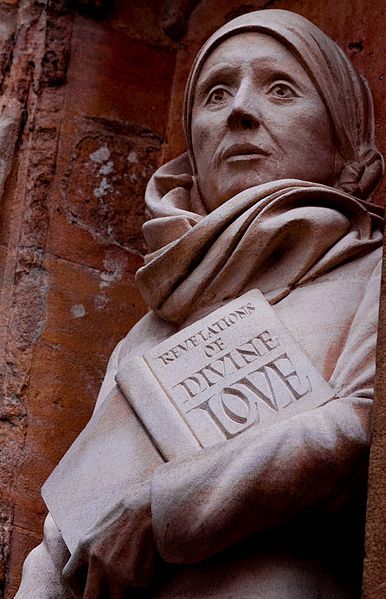 Boasting is necessary, though it is not profitable; but I will go on to visions and revelations of the Lord. I know a man in Christ who fourteen years ago – whether in the body I do not know, or out of the body I do not know, God knows – such a man was caught up to the third heaven. And I know how such a man – whether in the body or apart from the body I do not know, God knows – was caught up into Paradise and heard inexpressible words, which a man in not permitted to speak. (2 Corinthians 12:1-4)
Boasting is necessary, though it is not profitable; but I will go on to visions and revelations of the Lord. I know a man in Christ who fourteen years ago – whether in the body I do not know, or out of the body I do not know, God knows – such a man was caught up to the third heaven. And I know how such a man – whether in the body or apart from the body I do not know, God knows – was caught up into Paradise and heard inexpressible words, which a man in not permitted to speak. (2 Corinthians 12:1-4)
This passage of Scripture is a key verse for Christians mystics. Christian mystics seek a closer experience of union with God. For mystics this is a very real, non-abstract experience just as the “man in Christ” experienced.
Scholars agree that both the definition and the description of mysticism are difficult to explain. It is not magic or paranormal experience. It does not consist of a preoccupation with special revelations or visions. Religious mystics simply want to be closer to Christ and to experience Him in more than just an intellectual way.
There are still mystics today but mysticism was especially popular in the Middle Ages. Why did so many late Medieval women turn to mysticism? It was mostly because of changes that occurred in the Church right after the turn of the new Millennium. (1000 AD) Monasteries for men and women had been popular in the early Middle Ages. Women were able to study the Scriptures and participate in the intellectual environment the same as men. In their cloisters they preached to other women and even served communion at their services.
But in the twelfth century as the Roman Catholic Church began to change, women were denied these opportunities. The organization of the church became very hierarchical and took on a superstructure of male-only leadership. Also important is the fact that a clergy/laity split occurred. Only ordained male priests could do communion. Only they could change the bread and wine into the actual body and blood of Christ. (Doctrine of Transubstantiation)
The Roman Catholics put a lot of emphasis on the sacraments. Penance became a necessary sacrament; without it believers could not take communion. Again, only male priests could offer forgiveness in the confessional and give the people their “penance” for their sins. Penance was seen as a way to pay for your sins. Later, Martin Luther and the Protestants would object and stress that Christ’s atoning sacrifice paid for all sins. But during the Middle Ages (and even to today) the sacrament of Penance is required for Roman Catholics.
Since the clergy would not include women, women were no longer allowed to attend universities. Any intellectual studies for women would have to be done on their own. Women turned to other ways to express their piety since they could not participate in leadership positions or dispense the necessary sacraments of Communion and Penance. They developed new ways to express their spirituality. Mysticism became popular and although there were male mystics, many female mystics took on prominence.
It was during this time that the mendicant (begging) religious orders came into being. This was the time of Francis of Assisi and the Poor Clares (Founded by Clare Scefi, a follower of Francis of Assisi). The cult of the Virgin Mary began. There was trouble with the papacy. In the late fourteenth century there were two popes – one in Rome and one in Avignon. One mystic in particular, Catherine of Siena, had a part to play in the politics of the papacy.
being. This was the time of Francis of Assisi and the Poor Clares (Founded by Clare Scefi, a follower of Francis of Assisi). The cult of the Virgin Mary began. There was trouble with the papacy. In the late fourteenth century there were two popes – one in Rome and one in Avignon. One mystic in particular, Catherine of Siena, had a part to play in the politics of the papacy.
There was a new emphasis on the humanity of Christ. The religious who wanted to be closer to Christ attempted to participate in His sufferings. With an emphasis on Penance as a way to pay for your sins, extreme fasting and self-flagellation became popular. We should not be surprised then to find that some women mystics expressed their piety in these forms.
The lives of these women will look very strange and sometimes repulsive to twenty-first century Christians. In the Middle Ages especially, self-sacrificing to the point of harming one’s own health was popular. It would be easy for us to judge these women and say that so much self-induced suffering brought on for the purpose of pleasing God was wrong. But we would be forgetting the times they lived in.
We must also take a good look at why we would criticize them. Our society is very indulgent. If these women could have foreseen our century they would be criticizing us! We would look very worldly to them. We should not castigate them without trying to understand the times in which they lived.
Though it is hard to pin down a good definition of mysticism, we can say that it was the attempt to combine thoughts and feelings with the goal of a closer union with God. Many of the thoughts were visions or dreams or contemplations that were often very hard to describe. Feelings were intense – some of sorrow or penitence – but mostly of joyful communion of oneness with God. This was what it was about for mystics; they were looking for religious experience. They wanted to go beyond dogma and actually “experience” God. This may seem strange to us today. We tend to emphasize intellectual knowledge over feelings.
 While many mystics certainly swung the pendulum to the opposite extreme of feelings over theology or dogma, most mystics wanted a balanced combination of the two. And above all, we should remember that they loved Jesus Christ, were grateful for their salvation, and wanted to show their gratitude in works of mercy.
While many mystics certainly swung the pendulum to the opposite extreme of feelings over theology or dogma, most mystics wanted a balanced combination of the two. And above all, we should remember that they loved Jesus Christ, were grateful for their salvation, and wanted to show their gratitude in works of mercy.
It should also be remembered that a very important part of the mystical way was community living. Medieval mystics were not usually living entirely on their own following an individual path. Most were in some type of cloister sharing social obligations and relationships. Most were involved in charitable activities such as feeding the poor or caring for the sick.
In the late fourteenth through early fifteenth centuries many mystics were caring for the dying during the Black Plague. They saw suffering and death all around them as more than 40% of the population succumbed to the black death. Mystics dealt with the harder questions in life – Where is God in all of this? They did not lose their faith, but sought even harder to grow closer to the God Who is sovereign in life and death.
This seems very different to us today, but we can learn much from the women mystics. Some were poor; some were wealthy. Some were cloistered; some were lay persons. They came from many countries in Europe. It is true that some mystics went their own way and did things that even their contemporaries found objectionable. It is unfortunate that when the subject of mysticism comes up we mostly think of the extreme examples.
In the following weeks we will look at the experiences and writings of some Christian mystic women from the twelfth through the eighteenth centuries. In examining their lives and teachings we will try to learn what they can teach us that is relevant for today.

